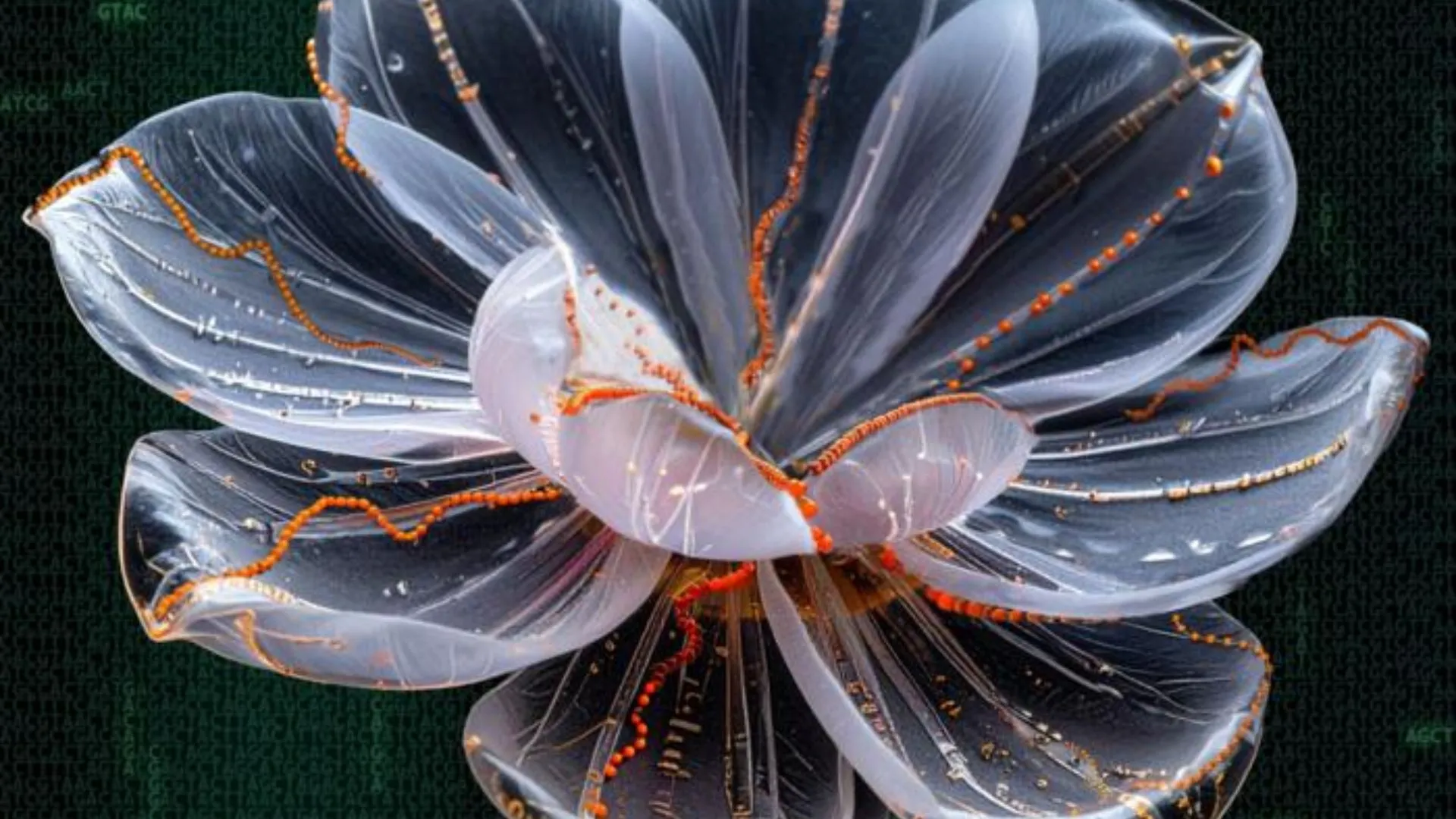Copyright Interesting Engineering

In an innovative fusion of biology and nanotechnology, scientists at the University of North Carolina (UNC) have developed microscopic soft robots that mimic the adaptive behavior of living organisms. Crafted from hybrid crystals combining DNA with inorganic materials, these tiny flower-shaped structures—dubbed “DNA flowers”—can rapidly fold and unfold within seconds. According to researchers, their reversible motion makes them some of the most dynamic nanoscale materials ever engineered, opening new possibilities for responsive systems in medicine, sensing, and smart materials. “In the future, swallowable or implantable shape-changing flowers could be designed to deliver a targeted dose of drugs, perform a biopsy, or clear a blood clot,” said Ronit Freeman, director of the Freeman Lab at UNC and senior and corresponding author of the research paper, in a statement. Self-transforming nanobots Researchers have designed microscopic flower-shaped robots made from DNA and inorganic materials that can move and respond to their surroundings like living organisms. Each flower’s DNA acts like a miniature control system, guiding how it reacts to environmental changes such as temperature, acidity, or chemical signals. These “DNA flowers” can open, close, or even trigger chemical reactions depending on the conditions around them, allowing them to adapt and perform tasks independently. The core technology works through programmable DNA assembly, where carefully designed DNA sequences guide nanoparticles to organize into complex structures. These hybrid materials can reversibly change shape when exposed to different stimuli, thanks to the predictable nature of DNA pairing and the stability provided by inorganic components such as gold or graphene oxide. According to researchers, this combination of biological programming and nanomaterials enables a new class of soft robots that can transform repeatedly without losing structure. In the future, these shape-shifting systems could be used in medicine to deliver drugs, remove toxins, or perform tiny surgical procedures inside the body. Beyond healthcare, they could also help in environmental cleanup by reacting to pollutants or changing conditions in their surroundings. Dynamic DNA structures In this project, scientists used small DNA-based materials to replicate comparable adaptive behavior, drawing inspiration from natural systems including coral movements, blossoming petals, and the formation of tissues in living things. Their objective was to replicate the intricacy of nature in artificial systems that can see and react to their environment—an accomplishment that has long been regarded as challenging at such small sizes. The researchers accomplished this by arranging DNA strands inside flower-shaped crystals to respond dynamically to changes in their surroundings. The petals close due to the DNA folding when the environment becomes acidic. The structure reopens and relaxes when conditions settle. Utilizing this reversible motion, one can interact with biological tissues, initiate reactions, and move and release chemicals. The UNS team notes that although the technology is still in its infancy, it may eventually be used in medicine for minimally invasive biopsies or tailored drug administration. The DNA flowers can move around the body, identify variations in the acidity surrounding tumors, and react by releasing medication or gathering samples. Outside the healthcare industry, these flexible materials might be used to clean up contaminated areas or as extremely effective data storage devices that can store vast amounts of digital data in a little space while using much less energy than existing technologies. “This breakthrough marks a major step toward materials that can sense and respond to their environment, bridging the gap between living systems and machines,” said researchers in a statement.



